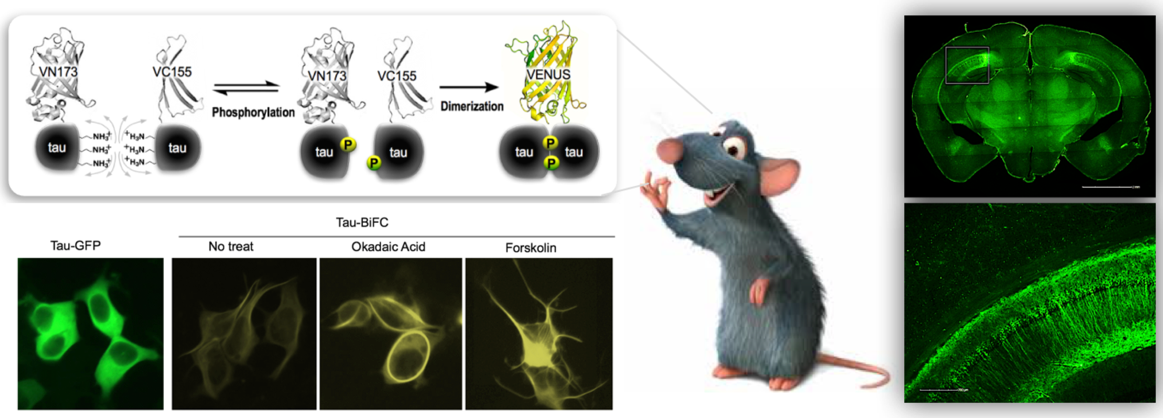김윤경, Kim, Yun Kyung
Principal Researcher
EDUCATION
Ph.D. Biological Chemistry, Department of Chemistry, New York University (2009)
M.S. Department of Biological Science, KAIST (2005)
B.S. Department of Biological Science, KAIST (2002)
RESEARCH CAREER & ACTIVITIES
- Principal Research Scientist, Convergence Research Center for Dementia (DTC), KIST, Korea Institute of Science and Technology (KIST) (2018-Present)
- Senior Research Scientist, Center for Neuro-Medicine, KIST, Korea Institute of Science and Technology (KIST) (2010~2017)
- Associate Professor, Dept of Biomedicine, KIST-School, UST (KIST) (2012-Present)
- Visiting Scientist, New York University, New York, U.S.A. (2003-2005)
- Research Fellow, National University of Singapore, Singapore (2007-2009)
RESEARCH INTERESTS
- Development of Neurodegenerative disease Models including Alzheimer’s Disease (AD).
- Identification of Brain connectivity decreased in Neurodegenerative disease
- Investigation of AD mechanism and development of AD therapeutics

HIGHLIGHT
- Glioblastoma-secreted soluble CD44 activates tau pathology in the brain. Lim, S.; Kim, D.; Ju, S.;Shin, S.; Cho, I.J.; Park, S.H.; Grailhe, R.; Lee, C.*; Kim, Y.K*. Experimental & Molecular Medicine, 2018, in press
- Development of a BODIPY-based fluorescent probe for imaging pathological tau aggregates in live cells. Lim, S.S.; Haque, M.; Su, D.; Kim, D.; Lee, S.S.; Chang, Y.T.*; Kim, Y.K.* Chem. Comm. 2017, 53. 1607-1610.
- Neuroanatomical Visualization of the Impaired Striatal Connectivity in Huntington’s Disease Mouse Model Kim.D.; Jeon, J.; Cheong, E.; Kim, D.J.; Ryu, H.; Seo, H.*; Kim, Y.K.* Molecular Neurobiology, 2016, 53:2276.
- Identification of disulfide cross-linked tau dimer responsible for tau propagation. Kim.D.; Lim, S.S.; Ryoo, N.; Hong, H.S.; Rhim, H.; Lee. D.E.; Chang. Y.T.; Cheong, E.; Lee, J.S.; Kim. D.J.; Kim, Y.K.* Scientific Report, 2015, 5:15231



